Contact for the resource
German Aerospace Center (DLR)
155 record(s)
Provided by
Type of resources
Available actions
Topics
Keywords
Contact for the resource
Update frequencies
Service types
-
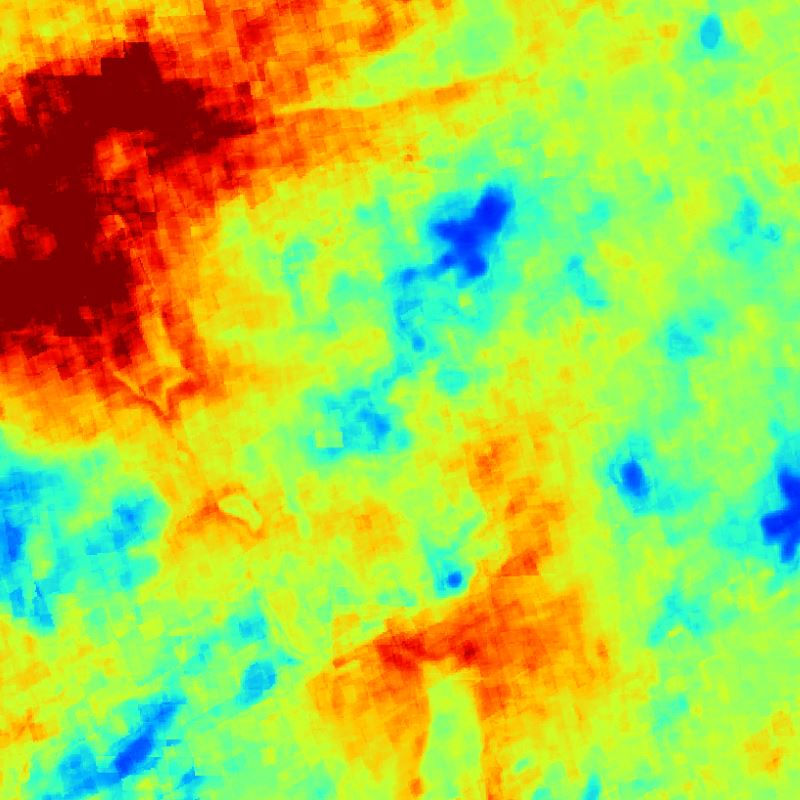
This collection contains monthly mean surface NO2 concentrations for Germany derived from Sentinel-5P/TROPOMI data. The Sentinel-5P NO2 data is generated by DLR and provided in the framework of the mFUND-Project "S-VELD". The surface NO2 data are concentrations with the unit "μg/m3". Sentinel-5P observes Germany once per day at ~12:00 UTC and only cloud-free measurements (cloud fraction less than ~0.2) are used. The Sentinel-5P surface NO2 data within each month are averaged and gridded onto a regular UTM grid. The number of measurements used in the calculation of the averaged value are included in this collection as well.
-

This collection contains surface NO2 concentrations for Germany derived from Sentinel-5P/TROPOMI data. The Sentinel-5P NO2 data is generated by DLR and provided in the framework of the mFUND-Project "S-VELD". The surface NO2 data are concentrations with the unit "µg/m3". Sentinel-5P observes Germany once per day at ~12:00 UTC. These daily observations are gridded onto a regular UTM grid. The day and measurement time are included in the netCDF data file. Only surface NO2 data for cloud-free Sentinel-5P measurements are provided (cloud fraction less than ~0.2). Sentinel-5P cloud fraction data is included in this collection as well.
-

The Global WaterPack is a dataset containing information about open surface water cover parameters on a global scale. The water detection is derived from daily, operational MODIS datasets for every year since 2003. The negative effects of polar darkness and cloud coverage are compensated by applying interpolation processing steps. Thereby, a unique global dataset can be provided that is characterized by its high temporal resolution of one day and a spatial resolution of 250 meter. This collection includes yearly composites of the dataset with information on how often a pixel was detected as open surface water with pixel values between 0 and 365 (366 for leap years). Furthermore, a reliability layer provides information on the quality of each Global WaterPack pixel.
-
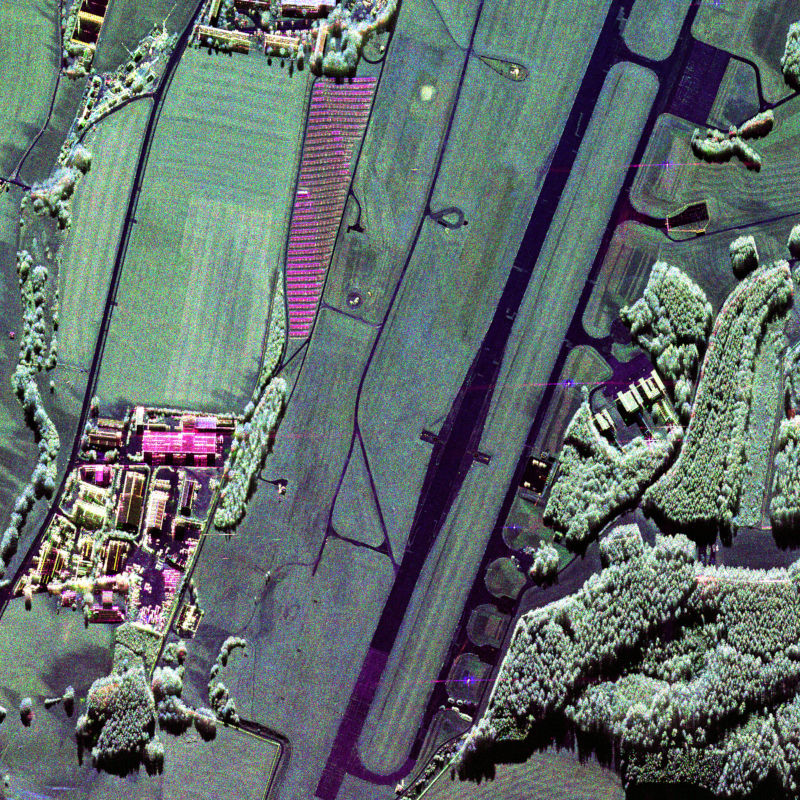
DBFSAR, "Digital Beam Forming SAR", is an airborne very-high-resolution imaging radar (Synthetic Aperture Radar) sensor presently operated by the German Aerospace Center (DLR), Microwaves and Radar Institute (HR) since November 29, 2016. It is operated on a Dornier Do-228 aircraft from altitudes of 2000 to 6000 m above ground in X-band (3 cm wavelength) only, featuring four transmit (operated sequentially) and twelve parallel receive channels. Depending on antenna deployment, it is either fully polarimetric (HH,HV,VV,VH), inetrferomtric in along- and/or across-track mode, or can be operated as a digital beamforming SAR. It has full repeat-pass capabilities. Data are processed up to three different levels: RGI (Radar Geometry Image product), INF (Interferometric product) and GTC (Geocoded and Terrain-Corrected product). The data acquisition modes are selected based on the individually planned experiments. Achieved resolutions are presently 10 cm in azimuth and 17 cm in range but will go down significantly below 10 cm in both directions.
-
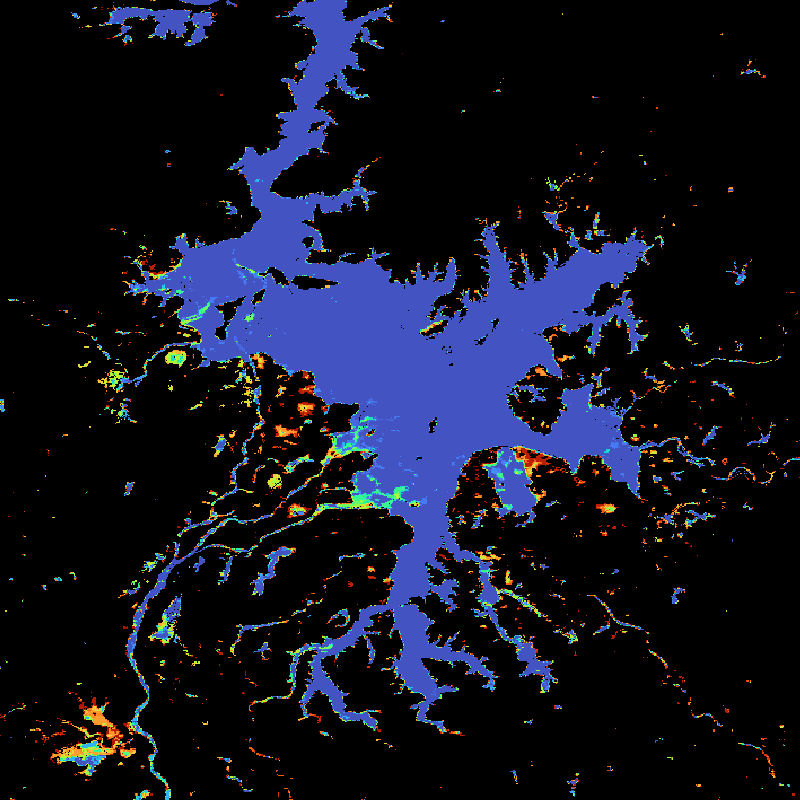
The Global WaterPack is a dataset containing information about open surface water cover parameters on a global scale. The water detection is derived from daily, operational MODIS datasets for every year since 2003. The negative effects of polar darkness and cloud coverage are compensated by applying interpolation processing steps. Thereby, a unique global dataset can be provided that is characterized by its high temporal resolution of one day and a spatial resolution of 250 meter. This collection includes monthly composites of the dataset with information on how often a pixel was detected as open surface water with pixel values between 0 and 31. Furthermore, a reliability layer provides information on the quality of each Global WaterPack pixel.
-
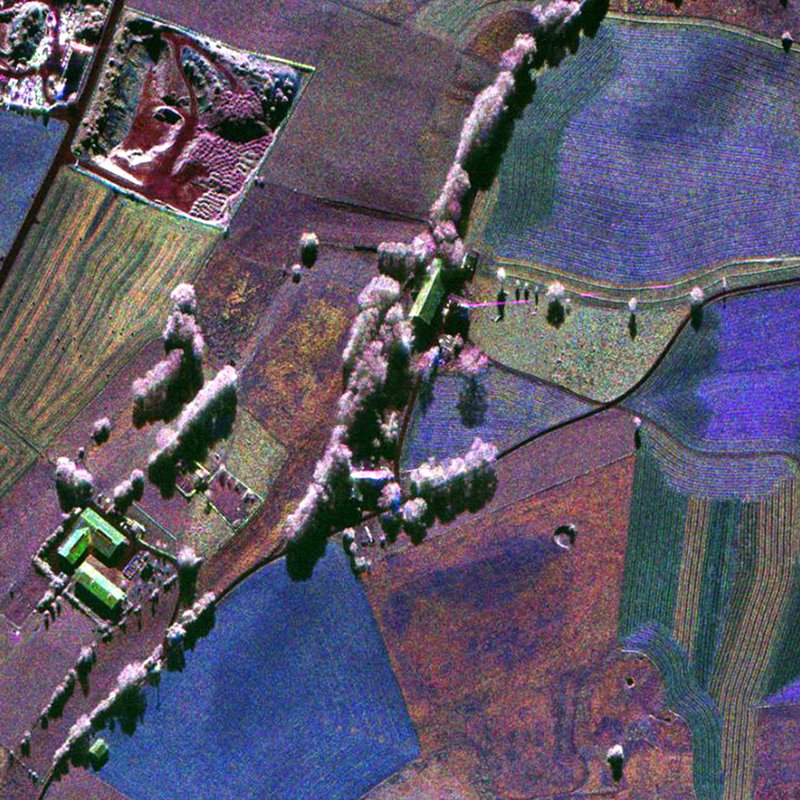
F-SAR, “Flugzeug-SAR”, is an airborne high-resolution imaging radar (Synthetic Aperture Radar) sensor presently operated by the German Aerospace Center (DLR), Microwaves and Radar Institute (HR) since November 02, 2006. It is operated on a Dornier Do-228 aircraft from altitudes of 2000 to 6000 m above ground in five different center frequency bands (X,C,S,L,P). Wavelengths range from 3 cm, 5 cm, 9 cm, 23 cm to 67 cm. Ka-band (1 cm wavelength) is planned to be added. Up to four center-frequencies (X,S,L,P) or (X,C,L,P) can be operated simultaneously per overflight. All frequencies are fully polarimetric (HH,HV,VV,VH) and have full repeat-pass capabilities. Single-pass interferometry in along-track (ATI) and across-track mode is available in X-band (ATI and/or XTI) and S-band (XTI). Data are processed up to three different levels: RGI (Radar Geometry Image product), INF (Repeat-pass-interferometric product) and GTC (Geocoded and Terrain-Corrected product). Resolutions range from 25 cm (X-band) to 1.5 m (P-band) in both azimuth and range direction. Data acquisition modes are typically “stripmap”, “repeat-pass” (two parallel tracks), “tomography” (several parallel tracks), ”circular” (one circle) or “circular-tomography” (several vertically distributed circles). Individually planned experiments can also be supported. For more information concerning F-SAR data, the reader is referred to: www.dlr.de/hr/f-sar
-

This land cover classification of Germany was created using Sentinel-2 imagery from the years 2015 to 2017 and LUCAS 2015 in-situ reference data (https://ec.europa.eu/eurostat/web/lucas). It contains seven land cover types: (1) artificial land, (2) open soil, (3) high seasonal vegetation, (4) high perennial vegetation, (5) low seasonal vegetation, (6) low perennial vegetation and (7) water with a spatial resolution of 10m x 10m. For further information, please see the following publication: https://doi.org/10.1016/j.jag.2020.102065
-
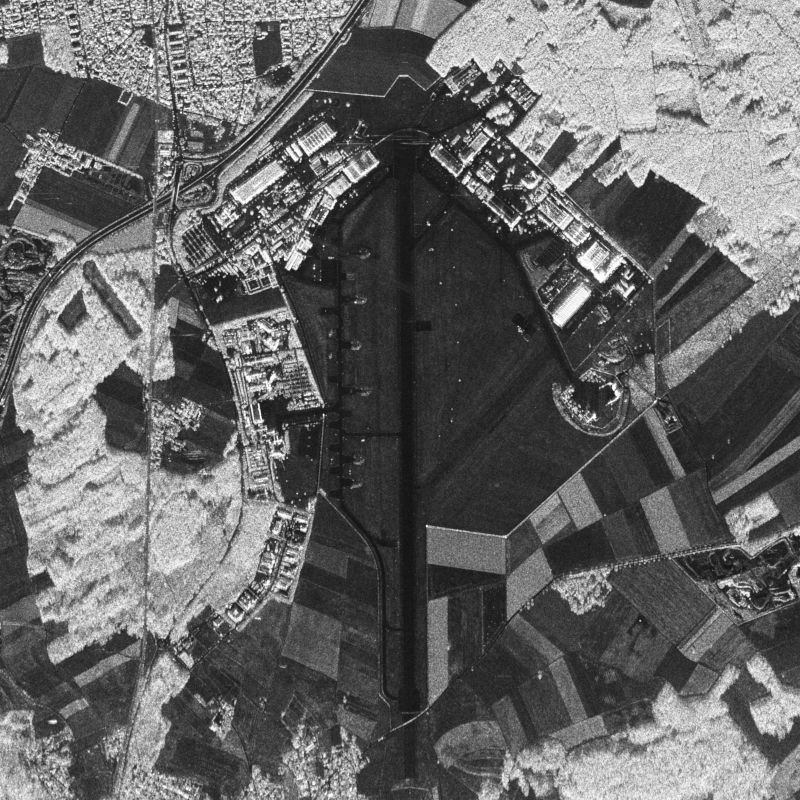
E-SAR, “Experimental-SAR”, is an airborne imaging radar (Synthetic Aperture Radar) sensor operated by the German Aerospace Center (DLR), Microwaves and Radar Institute (HR) from 1988 until November 2009. It was operated on a Dornier Do-228 aircraft from altitudes of 2000 to 6000 m above ground in four different center frequency bands (X,C,L,P). Different center frequencies were operated sequentially in different overflights. Data were acquired either in one-channel, two-channel or four-channel mode in HH, HV, VV and/or VH polarization. Fully polarimetric data are available in L- and P-band only. Repeat-pass interferometry is available in L- and P-band. Single-pass interferometry is available in X-band only, in along- and across-track antenna configuration. Data are processed up to two different levels: RGI (Radar Geometry Image product) and GTC (Geocoded and Terrain-Corrected product). Resolutions range from 25 cm (X-band) to 1.5 m (P-band) in azimuth direction and from 1.8 m (X-band) to 3 m (P-band) in range direction. Data acquisition modes are “stripmap”, “repeat-pass” (two parallel tracks) or “tomography” (several parallel tracks). For more information concerning E-SAR data, the reader is referred to: www.dlr.de/hr/e-sar
-

This inventory of traffic areas in the city of Brunswick, Germany, is based on image sequences acquired during six flight campaigns at different times of the day and year in 2019 and 2020. Each aerial image is segmented by a neural network into the classes (1) Parking area, (2) Road, and (3) Access way, with the latter two classes differing in terms of their primary transportation function (mobility versus access). The individual segmentations are subsequently merged, since in addition to dedicated parking areas, those traffic areas that are regularly used for parking a motorized vehicle (e.g., at the curbside) are also to be classified as such. Furthermore, the multitemporal fusion enhances the robustness and completeness of the traffic area map (TAM). Potential applications include: urban planning, traffic modeling, and parking management. For more information about the project, the reader is referred to: https://elib.dlr.de/191145/1/Hellekes_et_al_2022_Parking_space_inventory_from_above.pdf
-
This collection contains tropospheric NO2 columns for Germany and surrounding areas derived from Sentinel-5P/TROPOMI Level-1B data. The Sentinel-5P tropospheric NO2 data is generated by DLR and provided in the framework of the mFUND-Project "S-VELD". The tropospheric NO2 data are vertical column densities with the unit "µmol/m2". Sentinel-5P observes Germany once per day at ~12:00 UTC. These daily observations are gridded onto a regular UTM grid. The day and measurement time are included in the netCDF data file. Only tropospheric NO2 data for cloud-free Sentinel-5P measurements are provided (cloud fraction < ~0.2). Sentinel-5P cloud fraction data is included in this collection as well.
 www.geodatenkatalog.de (S1L)
www.geodatenkatalog.de (S1L)